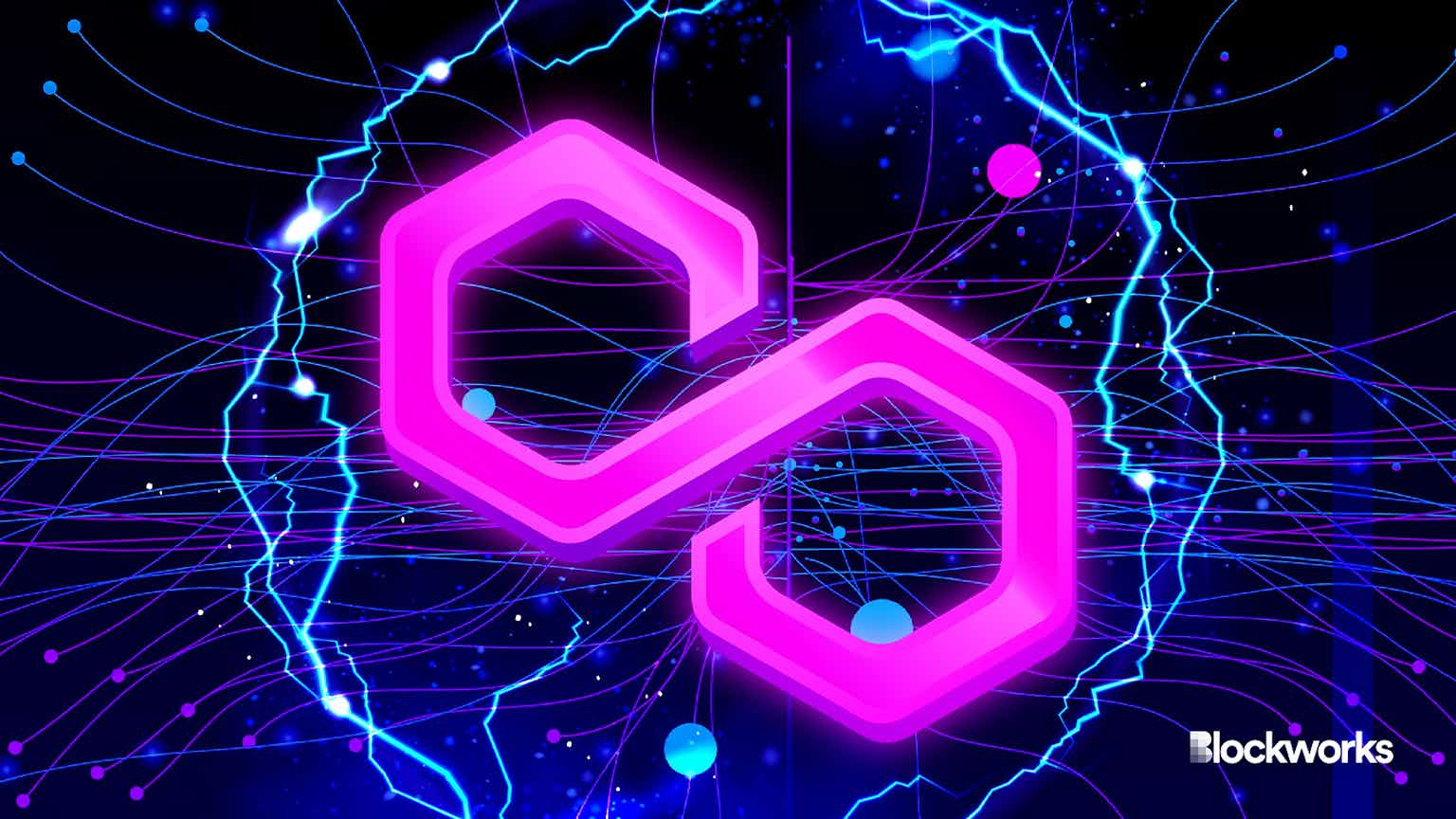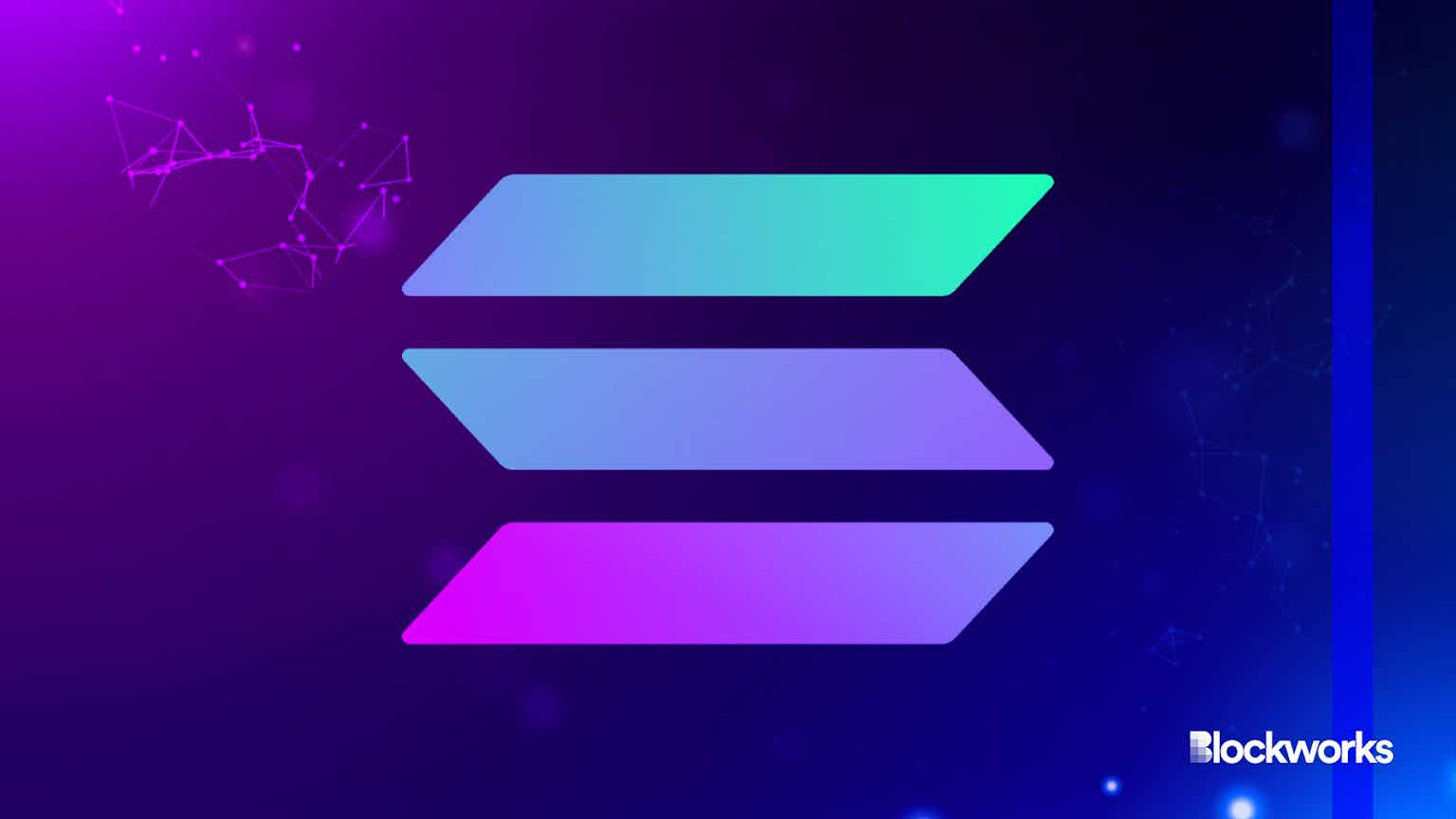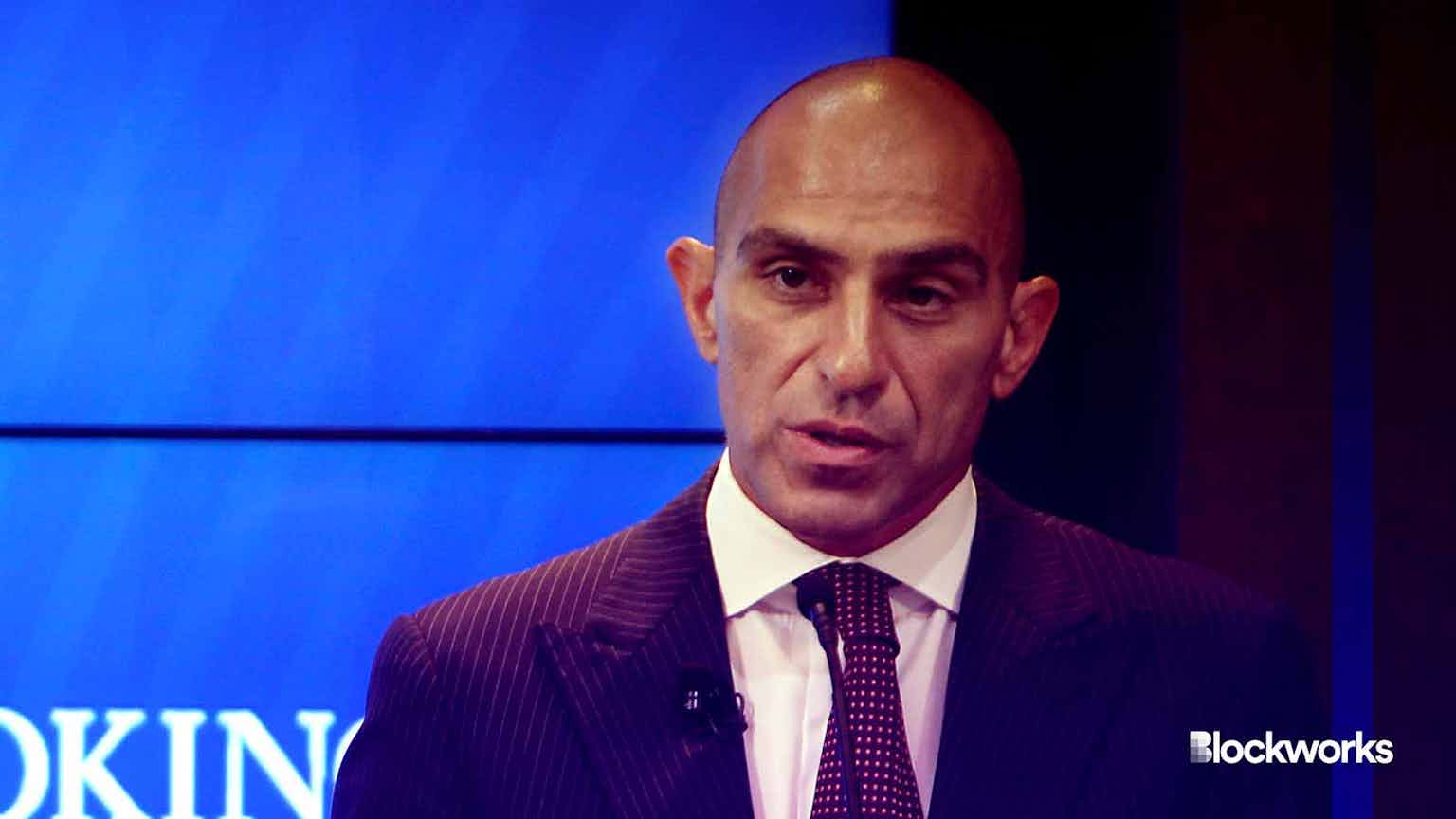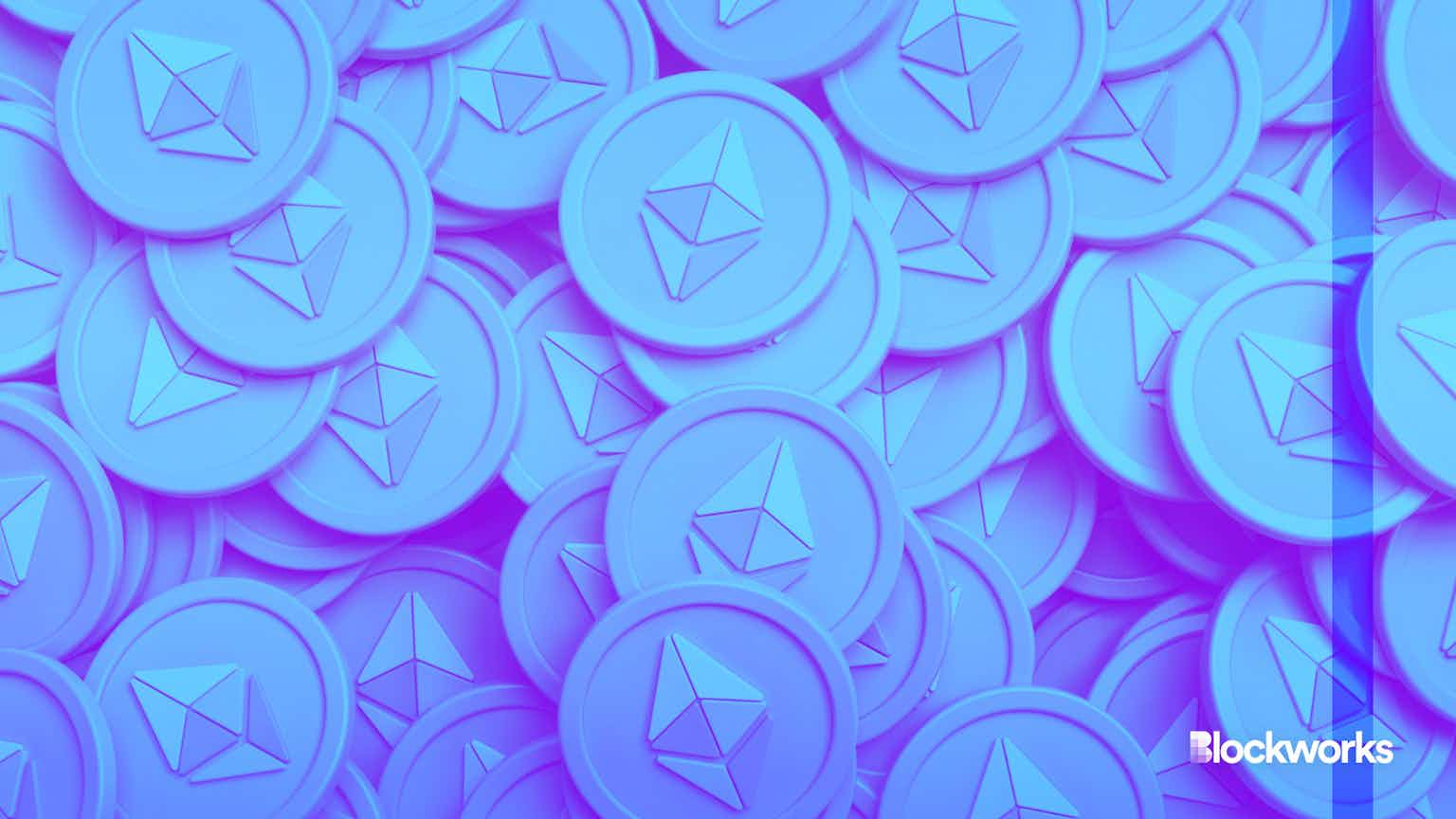Network Activity on Ethereum Is Up, With Uniswap Leading the Charge
Deflationary ether issuance rates follow dapp usage, by design

solarseven/Shutterstock.com modified by Blockworks
Ethereum is entering its fourth consecutive week of deflationary issuance as activity on the network grows.
A deflationary issuance rate for cryptocurrencies means that the number of tokens being burnt is greater than the number of tokens being minted. This implies that the token is limited in supply compared to demand, giving the currency greater purchasing power.
Growing activity in decentralized platforms could indicate more people turning to DeFi after the collapse of its centralized competitors last year, Michael Bentley, CEO and co-founder of DeFi lending protocol Euler, told Blockworks.
“Following protocol upgrades last year, Ethereum has an in-built fee burning mechanism that ensures that the more people transact on the network, the more ETH gets burned,” Bentley said.
At the time of writing, the annualized inflation rate for Ethereum currently sits at -0.01% according to information from ultrasound.money.
“There’s so much activity on Ethereum in early 2023 that ETH itself is becoming more and more scarce, and has even recently become a deflationary asset,” Bentley said.
Over the past seven days, Uniswap’s universal router has burned almost 2,500 ETH, taking the top spot in the burn leaderboard previously occupied by OpenSea.
Uniswap is the second-largest decentralized exchange in DeFi today in terms of total value locked, at $4.03 billion, behind Curve Finance. But Uniswap is the clear leader when measuring 24-hour trading volume with $1.78 billion, information on DefiLama shows. That volume is what’s driving Ethereum fees.
According to Blockworks Research analyst Matt Fiebach, “Ethereum gas fees hover around 40 gwei and a 7-day moving average over 25 gwei, the highest seen since July of last year.”
“With Uniswap leading the pack as the largest gas guzzler by a mile over the last 7 days, it is clear that crypto market participants are risk-on and actively trading high beta bets,” Fiebach said.
This sentiment is shared by Brent Xu, CEO and co-founder of Umee, a Web3 bond-market platform for building DeFi utility, who told Blockworks that the increase in network activity on Ethereum is the primary reason that we see a deflationary issuance on the chain.
“This is a good sign. It means that Ethereum is doing well — notably since daily network fees are up substantially since their December lows,” Xu said.
Xu also notes that user activity is increasing not only on Ethereum but on other blockchains as well.
“More broadly, all this is indicative of positive signs for the broader crypto ecosystem,” he said.
Start your day with top crypto insights from David Canellis and Katherine Ross. Subscribe to the Empire newsletter.




